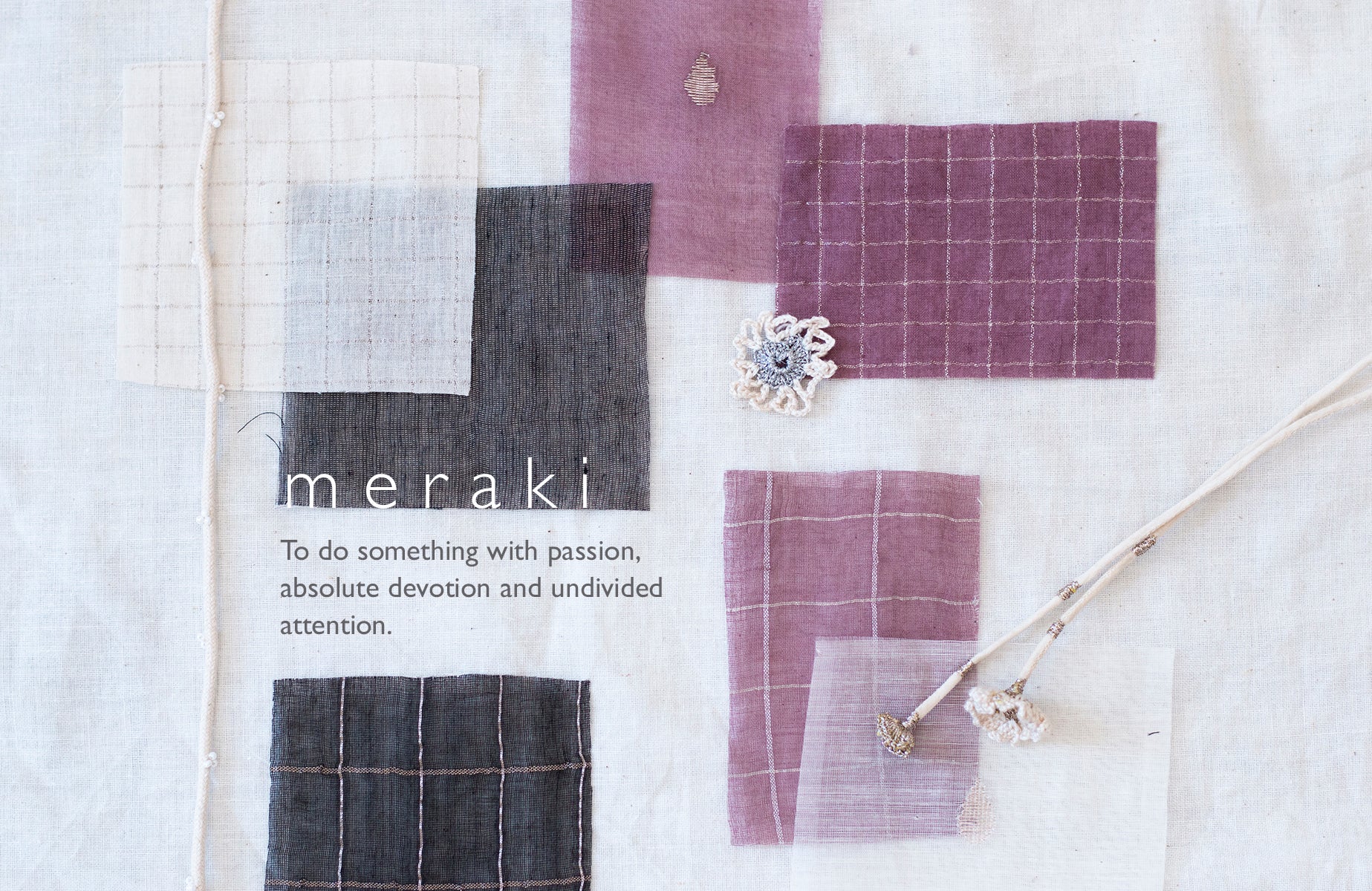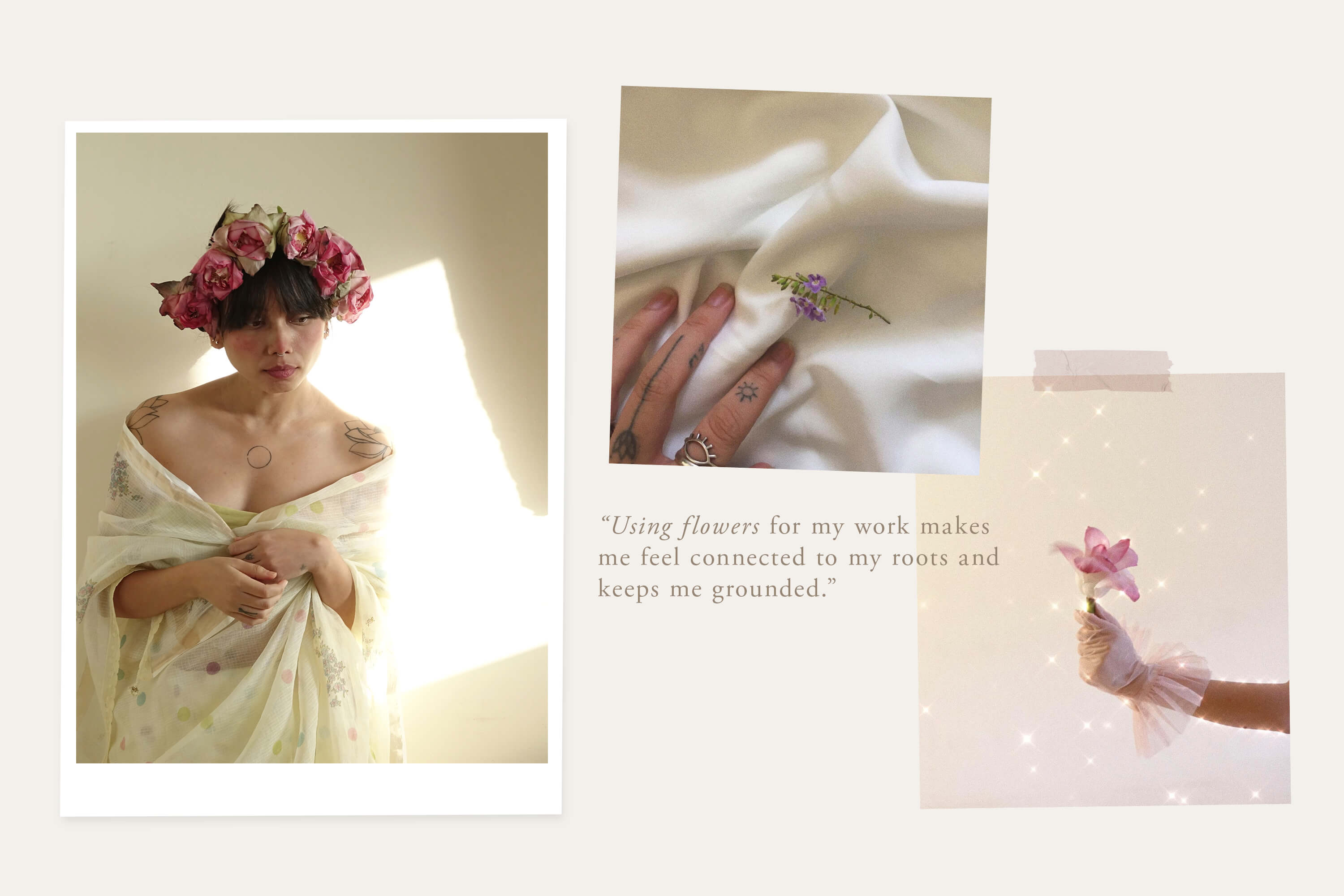How Gandhi spun the wheel to sustainable revolution

It was the 1930s. India was nearing the brink of independence when Mahatma Gandhi spun the wheel to textile revolution. The uncrowned hero of sustainable fashion had opened the door to Indianisation of fabrics. He ignited in the people the spirit to become independent and spin their own cloth – a freedom in itself and most importantly, one of the first major steps towards sustainable fashion revolution globally. Khadi, with a low carbon footprint, minimal use of energy and water and spun using only charkha and no machines, till date remains one of the most sustainable and eco friendly fabrics. Traditionally spun using two types of charkhas – Bardoli charkha (box form) and Yerwada charkha (regular round wheel), the handspun cotton fabric is now spun with Amber charkha, the modernised version or the government backed solar charkha that has been recently introduced.
The antithesis to this began in the 90s with fast fashion becoming a rapidly growing industry. Consciousness for sustainable living and practices was a rare commodity! Polluting the environment was the norm. Cut to the recent times. After a beginning of fits and starts in the early 2010s, the slow & sustainable fashion industry is finally seeing the light of the day. It is seldom that a teenager makes the world sit up and think hard of the brutality of the environmental exploitation. So when Greta Thunberg says, “Change is coming whether you like it or not,” you listen. Though the undoing of the damage is a distant vision, subtle improvements in the present hold the key. And that change, has already begun with the surge of marketplaces and brands that thrive on sustainability.

As a brand, Buna was launched with the principles of slow living & sustainability deeply engrained in our minds & hearts. We stay true to our indigenous roots and take pride in our ethnicity catering to the global consumer. Our process is slow. Each piece of our collection is meticulously designed and conceptualised with nature & its seasons in mind. Our designs are then transferred to the most natural forms of fabrics – we only work with mulmul, handwoven and handspun cotton, chanderi, and linen sourced from different regions in India. We refrain from using synthetics like rayon, polyester, nylon, acrylic or spandex that do not decompose and leave permanent trails in the environment. These might mimic the qualities of natural fibres but their plastic and other harmful derivatives are a slow poison to the earth. Unlike fast fashion, we believe in producing limited quantities and rather produce on orders to avoid wastage and excess production.

While the material remains the essence of a dress, its colour is its soul. A Buna dress is often in its kora form, fresh out of the loom which means an earthy, subtle and raw-natural shade which has been untouched by dyes but has retained its original form and colour and so, most of our garments are in shades of white. At times, they dance in shades of pastels, like a summer dream or a winter’s night. It speaks of elegance and class. We dwell in our world of pastels inspired by sunsets, and the most beautiful colours the nature has presented. Not all dyes are environment friendly. To fill colour in our Buna world, we have maintained the usage of azo-free dyes that are free from potential carcinogens and other harmful chemicals. Chemicals dyes are known to take a toll on the workers’ health and pollute water bodies.
We are proud to say that in our sustainable revolution, we are not alone but find global brands walking with us on the road to sustainability. Grassroots by Anita Dongre presents a hand-crafted sustainable collection that dwells on traditional skills to support both the craft and the craftsmen. Like us, they produce in limits to ensure the rich pieces of art are valued. Stella McCartney is another brand that combines luxury with ethics and sustainability. A pioneer of eco-friendly fashion, the brand uses organic cotton, wool, recycled textiles and refrains from using fur and leather. Their 2019 Fall collection ‘There She Grows’ was centred protecting endangered rain forests. Eileen Fisher too joins the list with their Vision 2020, a series of initiatives towards a 100% sustainable business model with plans like ‘Handloom Project’ and the recycling program. Luxury label Rag & Bone blends sustainability with urban styles effortlessly. Their denim recycling program with Cotton Incorporated's Blue Jeans Go Green was a step in this direction. John Patrick, Kelly Slater, Mara Hoffman, Spencer Phipps are all carving a niche as eco-friendly and sustainability warriors.
We believe that the new decade promises a relook into the fast forward fashion vision. It is time we bring Gandhi's activism and forgotten environmentalism to the fore. Because Einstein had aptly put across, “We cannot solve our problems with the same thinking we used when we created them.” The newest trend of the decade, ‘Slow & Steady’ is hence showing the way out of the spiralling madness.




Leave a comment
This site is protected by hCaptcha and the hCaptcha Privacy Policy and Terms of Service apply.